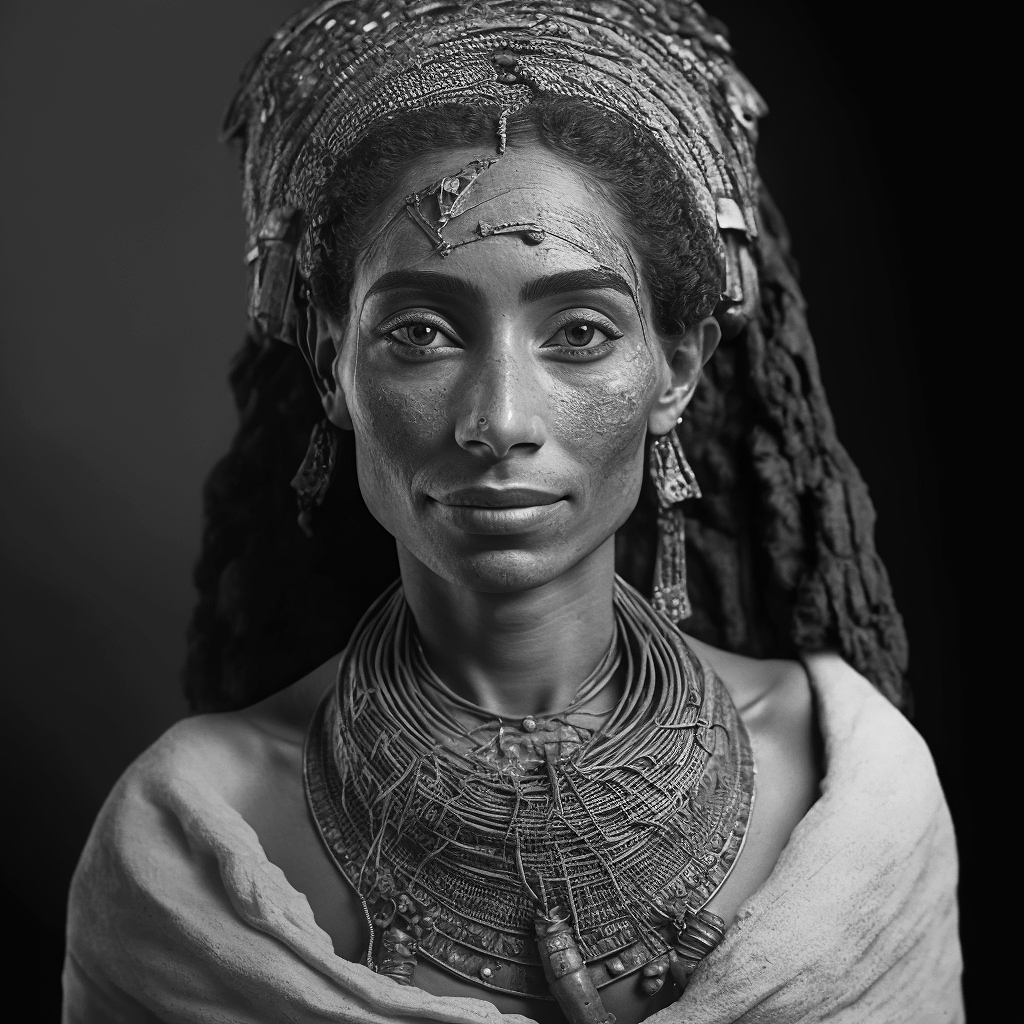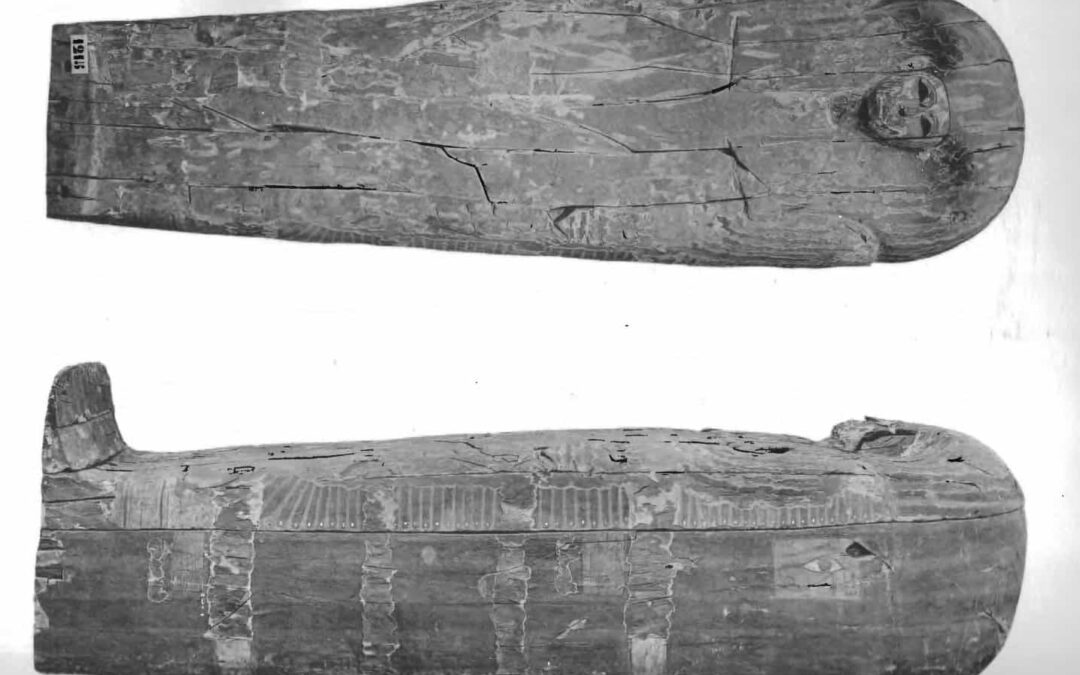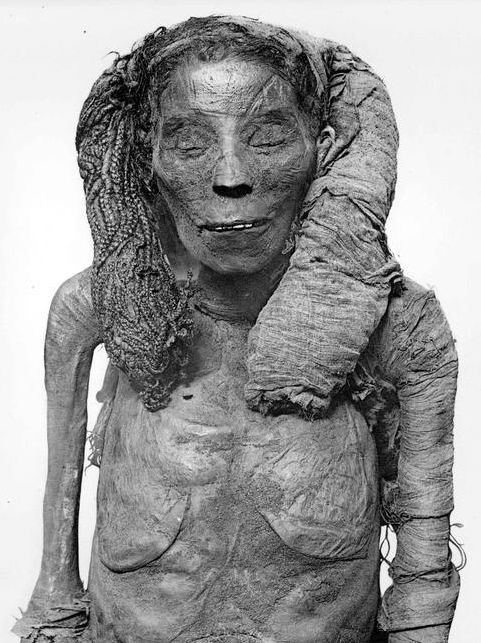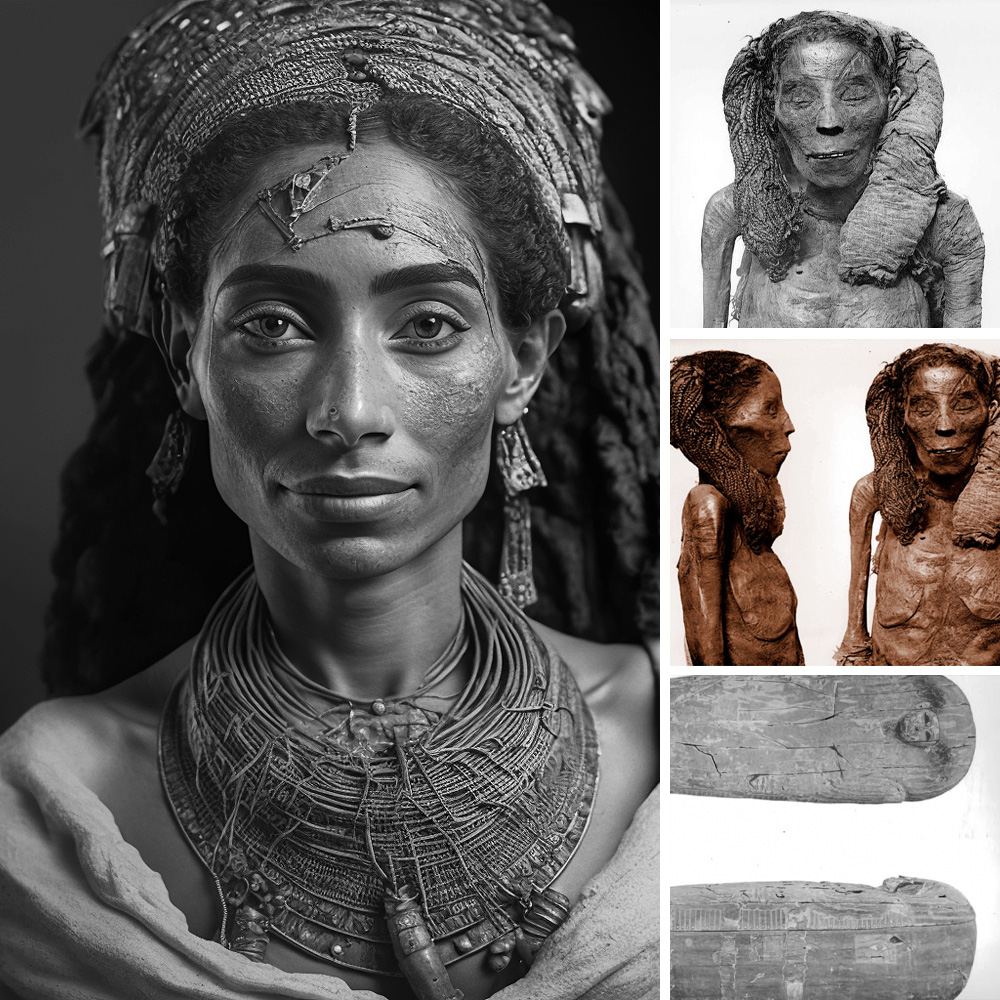The mummy of Lady Rai is a truly remarkable archaeological treasure that has captured the fascination of researchers and history enthusiasts alike. Discovered in 1881, this ancient Egyptian woman from the early 18th Dynasty has provided invaluable insights into the embalming practices, social status, and even health conditions of the people from that era.
Who Was Lady Rai?
Through the writings found alongside her mummified remains, we know that Lady Rai held an important position within the royal court of ancient Egypt. She served as the nursemaid to Queen Ahmose-Nefertari, who was the first Queen of the illustrious 18th Dynasty. This prestigious role would have placed Lady Rai in close proximity to the ruling monarch, indicating her high social status and the trust placed in her by the royal family.

Based on the evidence gathered from her remains, researchers estimate that Lady Rai was around 30-40 years old when she passed away, around 1530 BC. This places her life and service during a pivotal era in ancient Egyptian history, as the 18th Dynasty ushered in a period of great architectural, artistic, and political advancement for the kingdom. The fact that her mummified body has survived for over 3,500 years is a testament to the care and reverence with which she was treated in death.
Lady Rai’s association with the royal court, her estimated age at the time of her passing, and the exceptional preservation of her mummy, all combine to make her one of the most intriguing figures uncovered from ancient Egypt. Her story provides a rare window into the lives of the elite and powerful during this transformative period in the region’s history.
The Mummification Process

Lady Rai’s mummification process was particularly well-preserved, as noted by Grafton Elliot Smith, who unwrapped her remains in 1909. He described her mummy as “the most perfect example of embalming that has come down to us from the early 18th Dynasty, or perhaps even of any period.”
Her body was carefully wrapped in linen and coated with a mixture of resin and sand, a common practice in ancient Egyptian mummification. An embalming incision was made on the left side of her body, which was then covered with a protective plate. Additionally, jewelry was placed on her right wrist during the mummification process, a testament to the care and attention given to her remains.
Groundbreaking Discoveries

In 2009, researchers conducted a CAT scan of Lady Rai’s body and made a remarkable discovery: she had atherosclerosis, a condition that hardens and narrows the arteries. This made her the oldest known mummy with this disease, and further research has shown that several other Egyptian mummies also exhibited signs of atherosclerosis. This finding has provided invaluable insights into the health and medical conditions of ancient Egyptians, challenging the common perception of their society as being predominantly healthy.
The Significance of Lady Rai’s Mummy
The mummy of Lady Rai stands as a testament to the advanced embalming techniques and the health conditions of the early 18th Dynasty in Ancient Egypt. Her discovery and the subsequent research on her remains have not only shed light on this particular individual but have also contributed to our broader understanding of the lives and experiences of the people who lived during that time. The mummy of Lady Rai continues to captivate and inspire scholars, historians, and the general public alike, as we continue to unravel the mysteries of this ancient civilization.

The mummy of Lady Rai is a true treasure trove of information, offering a glimpse into the lives and health of ancient Egyptians. Through the careful study of her remains and the insights gained from her mummification process, we have been able to gain a deeper appreciation for the sophistication and advancements of this remarkable civilization. As we continue to explore and study the mummy of Lady Rai, we can only imagine the additional revelations that may yet be uncovered, further enriching our understanding of the past and its enduring legacy.
